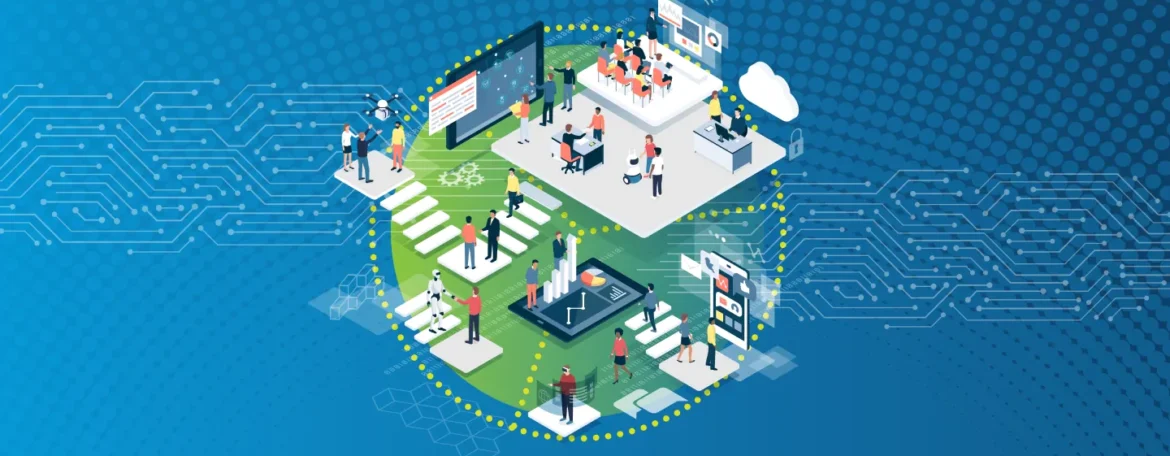As the job market becomes increasingly competitive, staffing and hiring processes have become more sophisticated to help companies identify and hire the best candidates. Technology plays a crucial role in this process by offering innovative tools that streamline recruitment, assess candidate suitability, and enhance communication between recruiters and applicants. In this blog, we will examine the role of technology in the future of staffing and hiring
Artificial Intelligence and Machine Learning
Artificial Intelligence (AI) and Machine Learning (ML) are two innovative technologies already transforming the staffing and hiring process. These technologies can analyze job descriptions, resumes, and cover letters to identify suitable candidates. AI and ML algorithms can also evaluate candidate responses to pre-screening questions, reducing the time and resources required for manual screening.
AI and ML can also assist recruiters in identifying candidates who are more likely to be successful in the position based on their experience, skills, and behavioral traits. This can help companies improve their hiring outcomes and reduce employee turnover.
Video Interviews
Video interviews are becoming increasingly popular as a way to assess candidates remotely. This technology enables recruiters to evaluate candidates more effectively by observing their verbal and nonverbal cues during the interview. Video interviews also allow companies to interview candidates in different regions or countries, expanding their talent pool.
In addition, video interviews can be recorded and shared with other stakeholders, enabling more comprehensive evaluations of candidates. This can lead to better hiring decisions and improved candidate experiences.
Mobile Recruitment
With the increasing use of smartphones and tablets, mobile recruitment has become essential to the staffing and hiring process. Companies can use mobile applications to attract and engage candidates, allowing them to apply for job openings quickly and conveniently.
Mobile recruitment also enables recruiters to communicate with candidates in real time, enhancing the candidate experience and increasing the chances of successful hires. Mobile recruitment has become particularly useful in the current remote working environment, where candidates and recruiters may need help to meet in person.
Gamification
Gamification is a relatively new technology that uses game elements to engage and assess candidates. It involves using games, puzzles, and quizzes to evaluate candidates’ skills, knowledge, and problem-solving abilities. Gamification can be particularly useful in assessing candidates for technical positions requiring practical skills.
Gamification can also make the recruitment process more engaging and fun, enhancing the candidate experience and increasing the chances of successful hires. This technology is still in its early stages but can potentially transform the staffing and hiring process.
Virtual Reality
Virtual Reality (VR) is another innovative technology beginning to be used in staffing and hiring. It involves creating simulated environments that allow candidates to experience different scenarios related to the job. For example, a candidate for a sales position may be presented with a virtual sales pitch scenario to assess their sales skills.
Virtual Reality can provide candidates with a more immersive and realistic experience, enhancing their engagement and interest in the position. It can also reduce the time and resources required for on-the-job training by allowing candidates to learn and practice skills in a simulated environment.
Conclusion
Technology is already playing a significant role in the staffing and hiring process and will become even more critical. AI and ML, video interviews, mobile recruitment, gamification, and virtual reality are innovative technologies transforming the recruitment process. These technologies can help companies identify and hire the best candidates while enhancing the candidate experience. By embracing these technologies, companies can stay ahead of the competition and build a workforce equipped to succeed.









